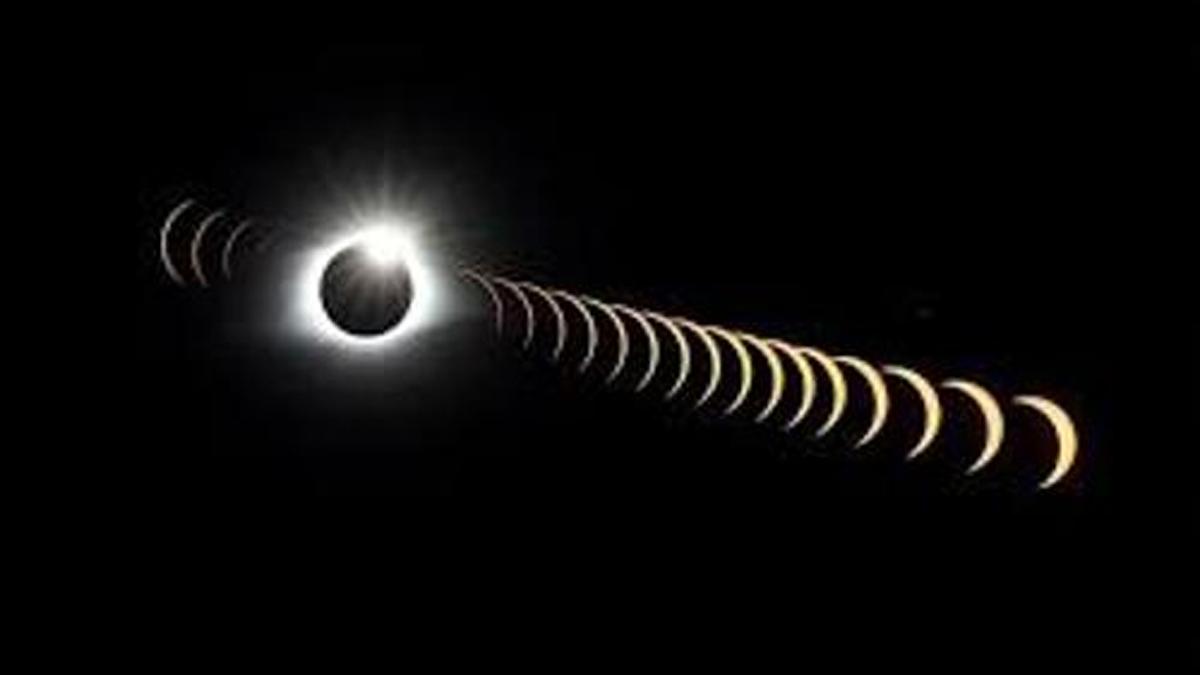As dusk descended upon Toronto and various Canadian locales, throngs of people gathered in public spaces, eager to witness the spectacle of a total solar eclipse.
In Toronto, where the next total solar eclipse isn't expected until the distant year of 2144, clouds intermittently veiled the sun throughout the eclipse's duration. However, as the moment of totality, reaching 99.7 percent, approached, darkness enveloped the city, accompanied by a noticeable drop in temperature.
At York University in Toronto, a convergence of thousands of students atop one of its science blocks awaited the rare celestial event. As the clock struck 3:19 pm on Monday, during the brief period of total eclipse, lights flickered on to illuminate the scene.
Renowned Canadian astronomer and former York University professor, Paul Delaney, elucidated the scientific significance of the eclipse, highlighting its transformative effects on the atmosphere. Delaney remarked, "When the sun is obscured, atmospheric dynamics undergo profound changes. Radio wave propagation is altered, prompting NASA to launch sounding rockets from Niagara Falls to monitor atmospheric radiation depletion."
Expounding on the scientific inquiries facilitated by this eclipse, Delaney noted its role in measuring the sun's diameter, a subject of recent scrutiny among scientists. "Observations of the sun's corona and corona sphere will provide insights into its magnetic fields," he added, underscoring the wealth of information garnered from such phenomena.
Reflecting on Toronto's last total solar eclipse in 1925, Delaney recalled the efforts of Toronto University scientists amidst cloudy skies. "Despite the challenges, they attempted to measure variations in sunlight intensity," he recounted, noting the proximity of this eclipse to the groundbreaking verification of Einstein's theory of relativity in 1919.
While total solar eclipses grace the Earth approximately every 18 months, North America must wait until August 23, 2044, for its next occurrence, amplifying the rarity and allure of these celestial occurrences.
Read also | Brazilian Supreme Court Investigates Musk Over Defiance on X Social Media Accounts
Read also | China Condemns US for Unjust Deportations of Students, Vows Response


















